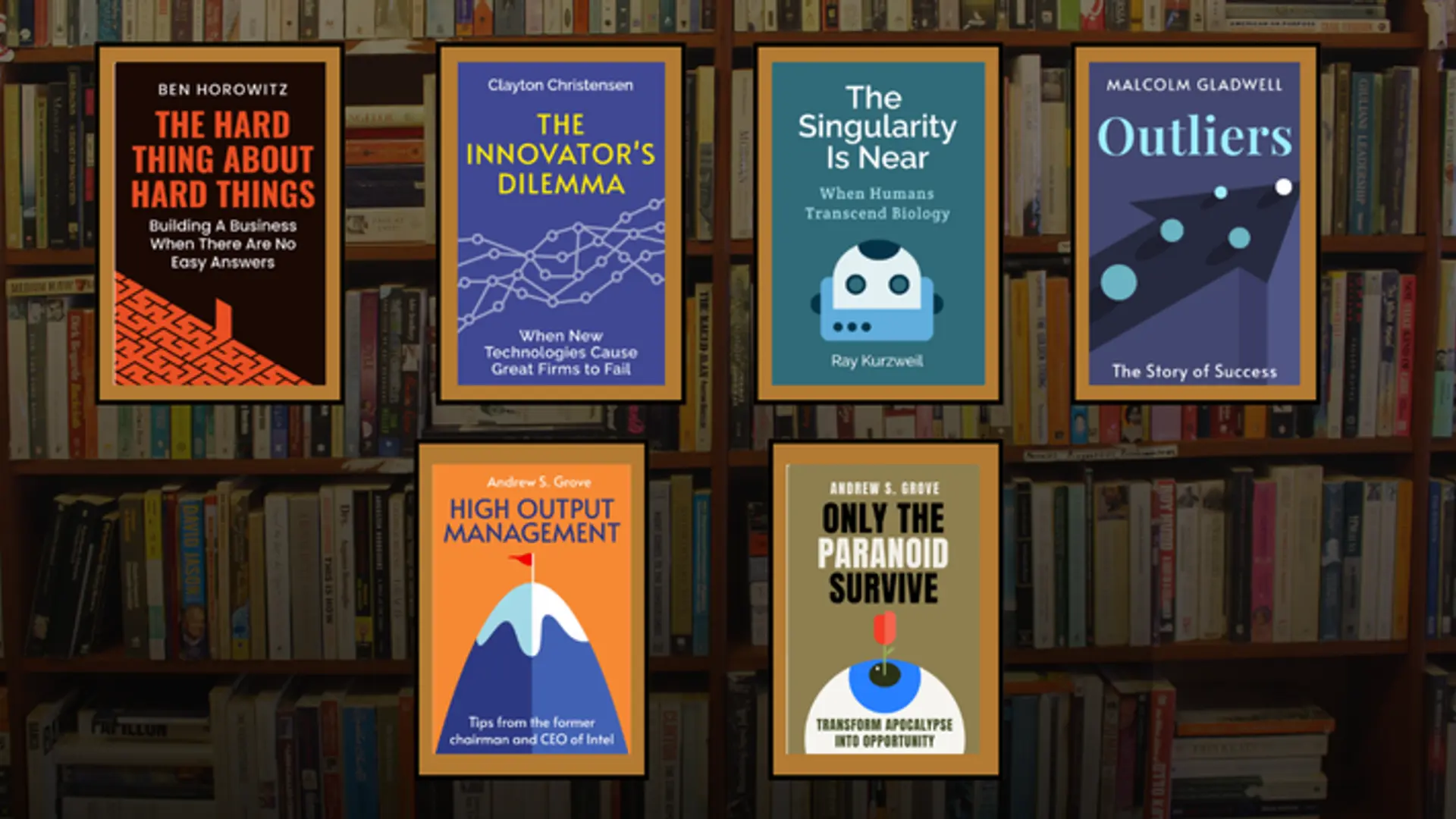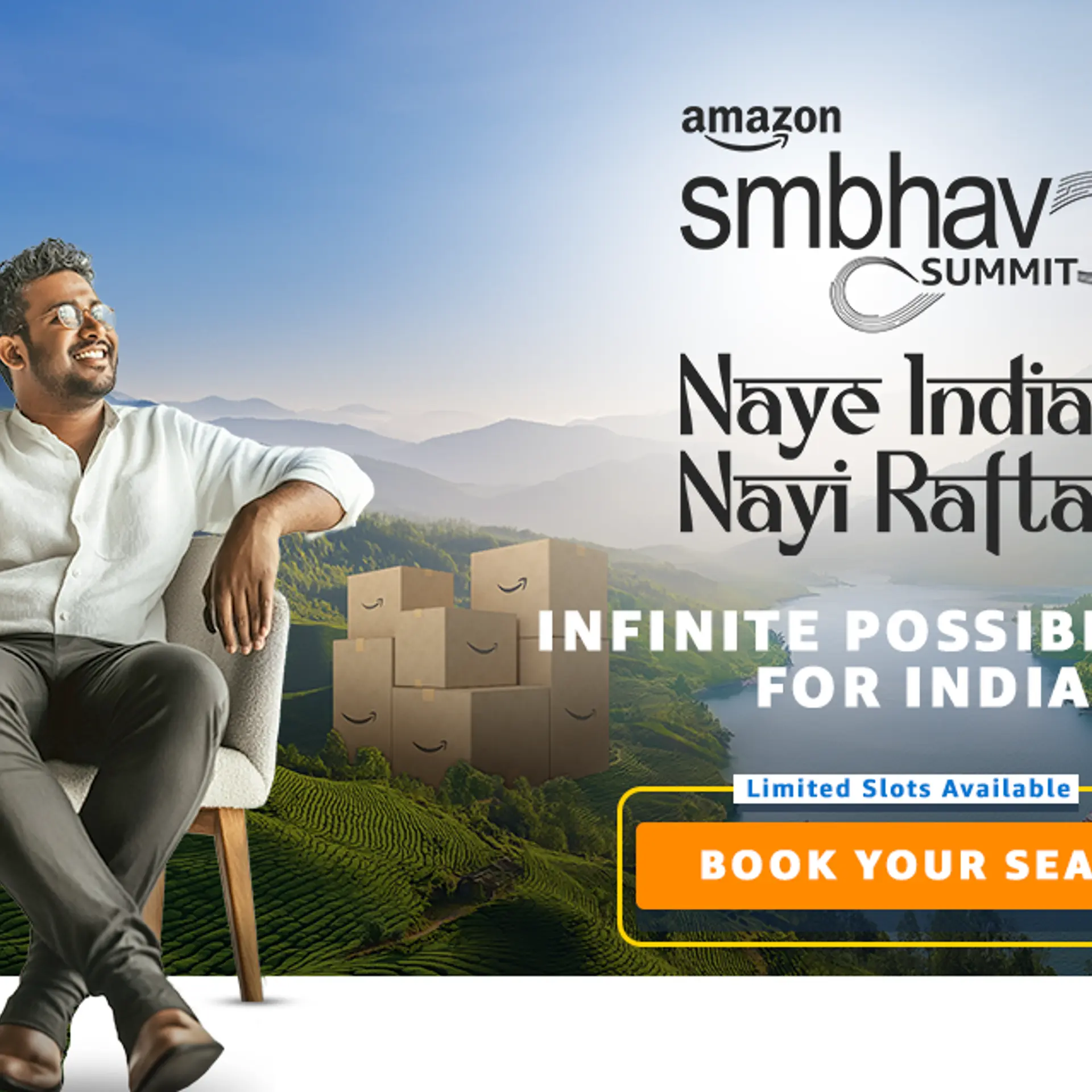NASSCOM EMERGEOUT Special—Keynote: “Indian market is too big to be relevant to your business plan” says Bharat Goenka, CMD, Tally
Sunday May 02, 2010 , 9 min Read

Mr. Krishnakumar Natarajan (KK), chair of the NASSCOM EMERGEOUT Forum, introduced the keynote speaker Mr. Bharat Goenka, CMD, Tally Software and found it difficult to put Mr. Goenka in the frame. What could we call him—a maverick, new-age entrepreneur who created a market that never existed, or a visionary who saw the opportunity 15 years ago? Why is Mr. Goenka special? In an era when product companies failed in India and were exploring the Indian turf and its various designs without looking deep into what customers really wanted or when customers were not ready for what these companies offered, Mr. Goenka experimented with his accounting software Tally. His simple, yet compelling proposition of offering financial software to small and medium enterprises on a pan-India scale morphed into making one of the most successful product companies in India. His vision and daring takes his product and his own self into the “Hall of Fame” for product software companies in India. His foresight and market creation based on the real needs of the customer across India gains relevance when product companies are coming of age in India, with an enabling environment and customers understanding the offerings of these companies on a better scale than before.
Success does not depend upon who you are and where you came from. This very well applies to Mr. Goenka, said Mr. KK. Mr. Goenka was showing unbound energy when he was young and his thinking was on the lines of creating a software that can be used by novices while he was still in college. Mr. Goenka’s father gifted him with an IBM PC way back in 1985 when the PC was just launched. This changed Mr. Goenka’s life and the whole entrepreneurial outlook in India. He renamed his company as Tally Software Solutions in 1999. His success was borne out of his idea of looking customer backwards, that is, making the customer use his offering. Also he saw the problem as an opportunity. He is a fearless entrepreneur in that he did not foresee threat from MNCs.
Mr. Bharath Goenka started off with the Tally experience. For 23 years, whenever Tally looks at their business plan, it has found that the Indian market is too irrelevant to any business plan it makes. For any length of time, even extending up to 5 years. He asked the audience how many of them are looking to cater to a million customers in two years? Only three people said yes. Looking at the Indian opportunity, he threw some relevant statistics that there are 300 million middle class people making 45 million middle class households. And 2.5 million companies make more than Rs. 40 lakh in turnover, necessitating compulsory tax audit and there are 45 million accountants, each figuring out tax for 60 companies. Mr. Goenka feels that the demand is not a constraint for the next 10 years at least but the capacity to be built to cater to demand that really matters.
According to him, technology is a sure constraint when looking at hundreds of customers at a time. So this requires a different engineering model, not just the business model. In India, as a company, you have to reach the customer and there are no established channels. So the entrepreneur has to create those channels. For example, there is no real way to walk into 10,000 customer offices to win businesses. So how do you reach to, say, 100,000 or a million customers? They are not going to knock at the company’s doors. This is the enterprise space.
Coming to the personal needs of customers, in India, most people believe that services are offered free and many people recognize that there is nothing to be paid for. It is a behavioral problem. Many people outside view this as an ethical problem.
He quoted the example of the music industry where 20 to 25 years ago, 90% of the music we heard was pirated. The situation has undergone a transformation to the extent of the truck driver listening to legal music. So the laws, ethics, and prices have changed over time. He then asked the question how many people know where to get a legal copy of Microsoft Office? Then he explained that the real problem is making your software available to the customer who can buy. So the market size is unbelievable if you have software solutions for flour mills, dentists, and lawyers. Tally has 500,000 paid customers and 4 million unpaid customers (using pirated versions)! So the challenge is to monetize the market and create demand in the market for the product. So it boils to creating the availability of the market.
Then he answered specific questions on go to market. What opportunities exist for processes and user segments that one can build businesses for the mass market? Mr. Goenka felt the list is far too long. The list of products which can designed and sold in mass when it is functional areas or areas (design, process, HR, payment systems etc.) within those functions is huge. Business solutions exist at least in 20 areas for SMEs that can be applied in mass. The problem is how to bid to that market, and not really the solution. Also, products are not designed for large base of customers. Then the problem of designing a product is how many customers can use it without the need for guidance from the company itself. Even if you have three customer interactions per year to serve a million customers to make them happy, you need 100,000 interactions per day in the organization. So three customer interactions per year will prevent you from reaching a million customers. So effectively you have to engineer your product for zero customer interactions for who use your product. Even if the product is capable of addressing the needs of 5 million customers, by using functional processes within the company, it is difficult to reach those customers. That’s where the problem lies in India. A handful of customers at the beginning does not translate into a mass scale because the product is not engineered to reach out on that scale as it is difficult to have functional capability within the organization. This prevents volume scaling.
Why did Tally ERP not succeed when Tally accounting software was successful? Mr. Bharat Goenka said this is a provocative question. We need to define what success is. Tally ERP Series A was launched on 12 May 2009. In 14 months, this package has 248,000 customers out of which 56,000 use the complete functional range. That makes Tally the largest EPR solution provider in the country.
How does Tally plan to win the SME segment that is fragmented? He used the analogy of a fast car versus the race car. While the fast cars like Porsche are designed for luxury but can theoretically go faster that a race car, the race cars are designed for completing a race faster. It depends on the goal for which the car is designed. When Tally looked at the SME market with regard to their needs and scalability, engineering a product without functional support, scalability, business continuity, ability to access the system from anywhere, building large IT systems are a few problems that exist. Tally is working on those problems. It is coming with Series B ERP later this year, which will be commercialized in the next financial year. This will cater to 150,000 mid- to large-scale SMEs.
On SaaS model
The cost of delivery is lower when I sell my solution in CD. Then when the customer implements it, he incurs a cost of IT ownership. Through cloud, the cost of IT ownership goes down but the cost of delivery, be it CD or cloud, does not go down. In fact, the CD solution is cheaper than the cloud solution in my perspective.
SaaS is not going to solve the enterprise problem because our application is not going to demand new IT infrastructure that already exists, for example, in a manufacturing company that has hundreds of employees.
SaaS model has problems of trust in enterprise applications. Active and passive data present their own problems. Customer interaction data (passive data) remains in the cloud whereas financial data (active data) may remain with the enterprise. For any analytics of passive data, you depend on the cloud server.
If the data of my customer is in the cloud and supposing he gets into a tax problem. Presenting the data without tampering it to the tax authorities becomes a problem. The situation becomes even more complicated when the data is in the cloud. Now the revenue authorities want take possession the cloud server in which his data is stored. Supposing other customer data is stored in the same server who has no business relationship with you. That presents a problem, which will take ages to solve.
On learning from mistakes
We made a lot of mistakes but we continue to march on despite the mistakes. We presell our software and that lands us in all sorts of problems with customers in terms of reputation, relationship, hardwork, extra cost, etc. I would like to change that habit.
Size of the market
For example, if you get 500,000 customers in the next three years and they pay Rs. 5000 for your software licence, you still can make Rs. 250 to Rs. 300 crores. That is the size of the opportunity.
On piracy
The TI series by Gulshan Kumar changed the face of the Indian music. We can buy legal music today while it was not easy 20 years ago. It is the same model on which we rely upon to sell licensed software. Today it is difficult to buy legal software. Hopefully the situation will change in the coming 15 to 20 years when buying a legal software will not be a problem. We are working on it and the music model is likely to crack piracy.
He concluded saying India has early adopters (customers who try out your product) and so it presents an exciting opportunity to try out something new.
Takeaways
- The size of the domestic market is far too large.
- You have to invest in the market and create your market.
- Create your channels to reach the mass market.
- The size of the market is the problem you are addressing. You have to create your own solutions as there are no solutions available now.
- Investing in the market requires time, people, money, and lot of intellectual thought.
-- Venkatesh Krishnamoorthy's (chief evangelist, YourStory) report from Chennai






